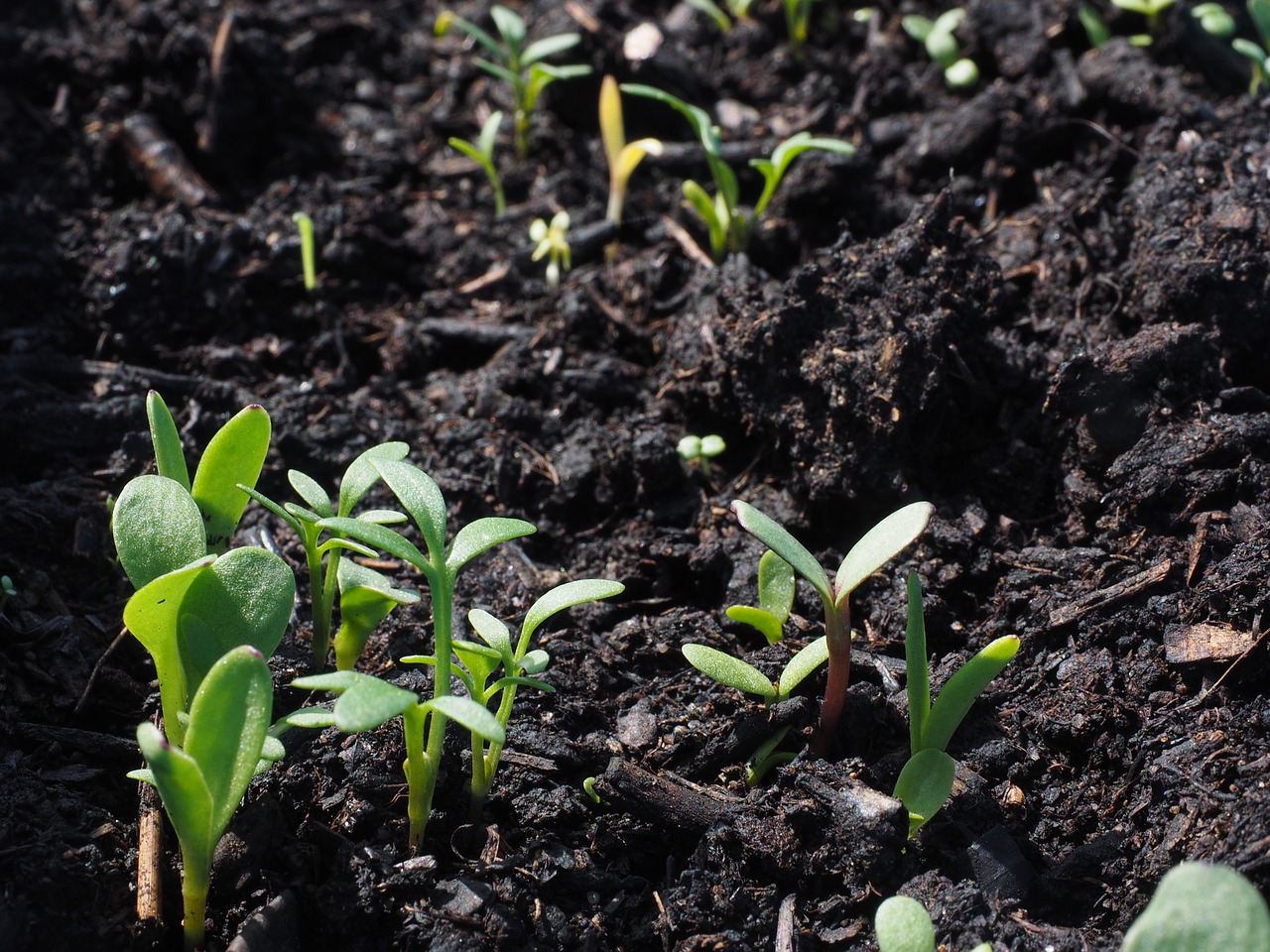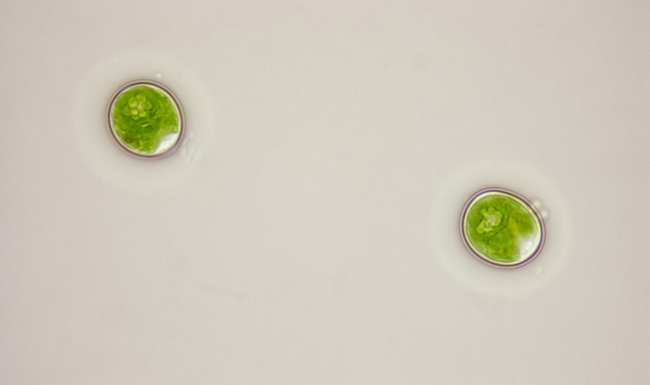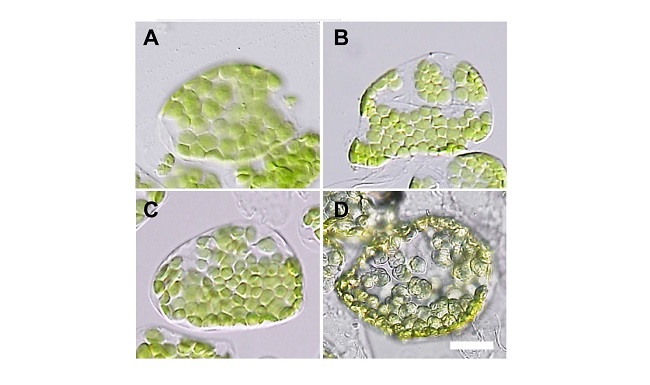
photosynthesis
Lighting The Way For Hydrogen Power Production
Researchers have found a way to increase the amount of light collected in photoelectrochemical power cells, increasing the efficiency of hydrogen power generation.

How Plants Save Energy At Night
Using a fluorescent probe that tracks ATP levels in real time, an international team of plant scientists has identified a mechanism by which chloroplasts maintain energy efficiency.
What Photosynthesis Looks Like From Space
Scientists have utilized satellite imagery to quantify plant metabolism.
Blue Light ‘Switch’ In Plants Found
A study reveals how a key photoreceptor of plants is turned on and off, allowing them to remain responsive to light.
Green Algae Chase Light With The Help Of ‘Eyespots’
Clusters of pigment called ‘eyespots’ on the surface of the unicellular algae, Chlamydomonas reinhardtii, help it identify which direction light is coming from.
Researchers Discover Why Plants Wither
In stressful situations such as lack of water, plants cannot remove the harmful byproducts of photosynthesis, withering and dying as a result.
This Gene Helps Plants “Breathe” At Night
In plants, the AOR gene protects against toxic byproducts of nighttime respiration—and could be used to help plants grow in stressful environments.
How did The First Photosynthetic Plants Get Chloroplasts?
The world’s most powerful ultra-high voltage electron microscope has given us a glimpse into the insides of ancient plant cells.
How Chloroplast Size & Number Is Controlled
Scientists have identified a lipid which negatively regulates the rate of chloroplast division in the model plant Arabidopsis.
How Vitamin C Helps Plants Beat The Sun
Scientists have identified the protein responsible for transporting vitamin C into the chloroplasts of cells, thereby preventing photoinhibition.













